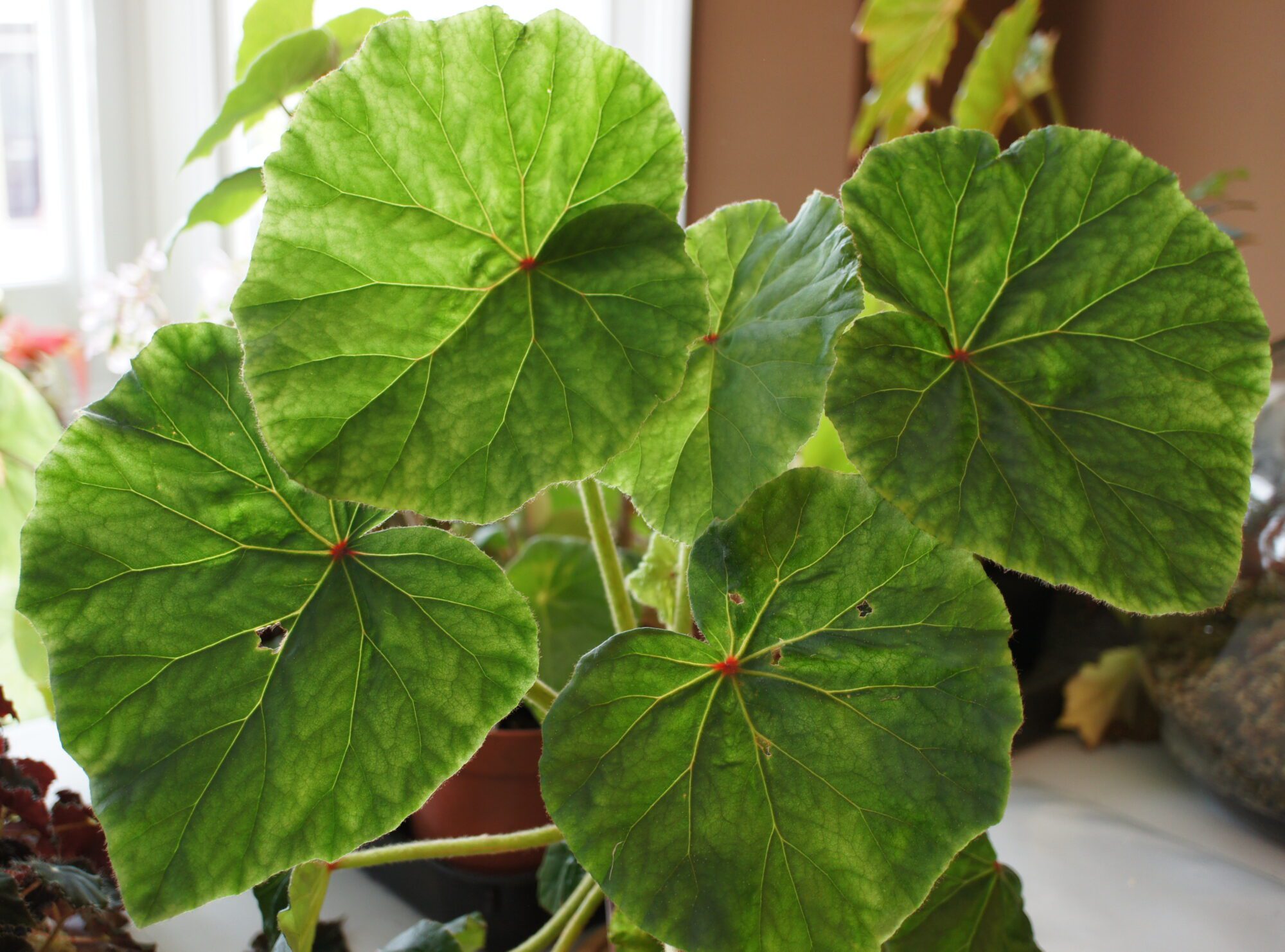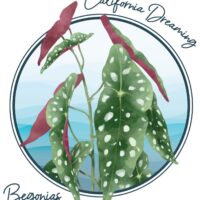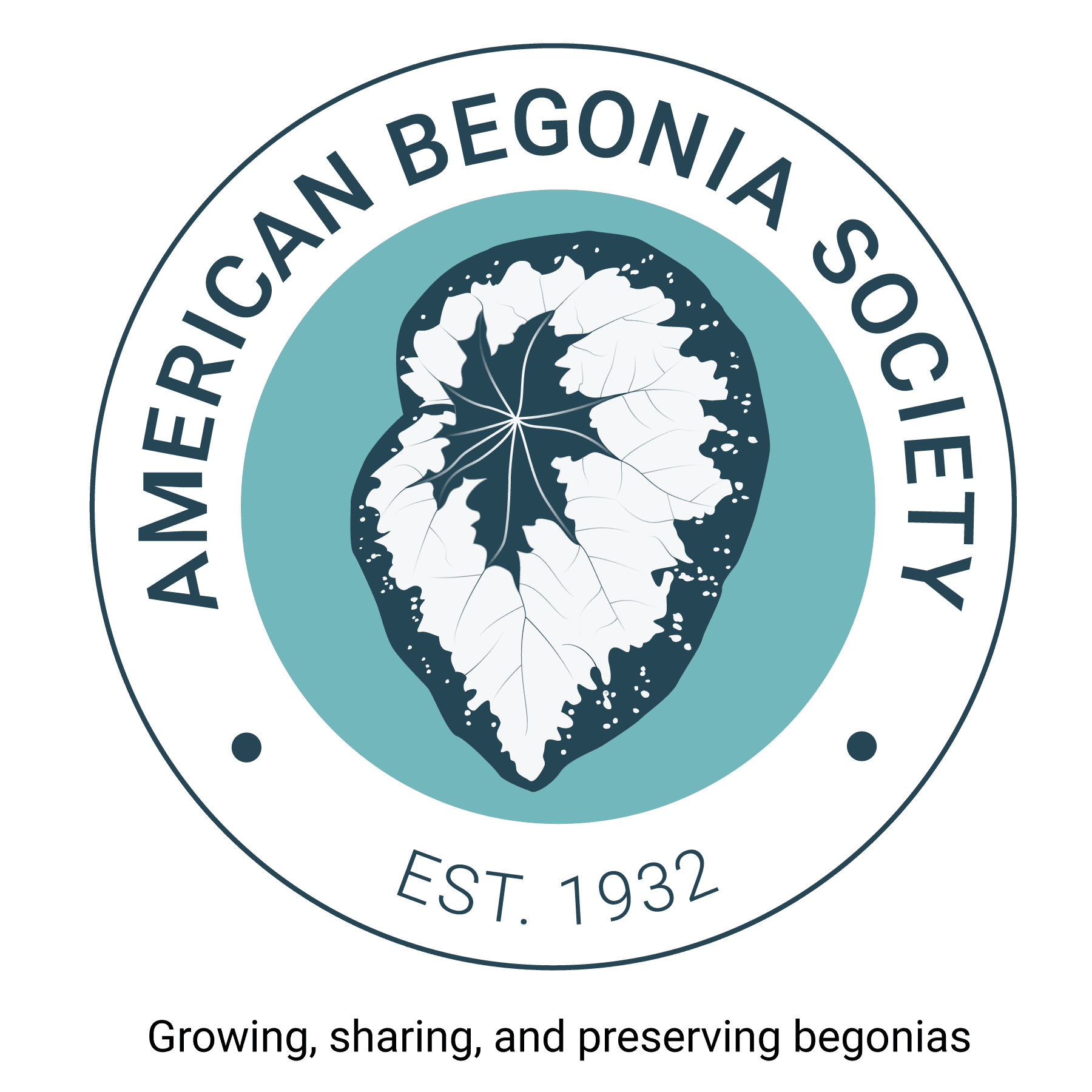MEMBER NAME: Tim Jemmott
London UK / DATE: 01 August 2021
SPECIES NAME: Begonia sericoneura Liebmann 1853
Begonia sericoneura is one of the most widely distributed begonias of section Gireoudia and it is also the most frequently collected. I presume, due to its a large size, it can grow up to 1 metre in height, and its need for high humidity, it remains rare in cultivation. It is found from Mexico all through Central America to the jungles of Columbia. It is a thick stem begonia and it is highly variable in leaf shape and texture over its large geographical range. This has led to there being many synonyms for this plant: B. pilifera, B. hypolipara, B. biolleyii, B. nicaraguensis, and B. lindleyana. Kathleen Burt-Utley in her Revision of Central American Species of Begonia Section Gireoudia [1985] synonymized all these plants as B. sericoneura. I am currently growing 2 forms of this plant the 1st was grown from seed acquired from ABS in 2015. The 2nd form was a cutting from the late Jacky Duruisseau in 2016. Looking at these 2 plants it is easy to understand how they were collected as different plants. The International Database of the Begoniaceae list only 4 cultivars of B. sericoneura.
[1] LIGHTING:
In a shaded spot in a west facing glasshouse. Extra shading in the summer with shade cloth.
[2] GROWING MEDIUM:
I use the Glasgow potting medium as described by Tebbitt in his book Begonias 2005. Sphagnum peat/Grit/bark/a little slow-release fertilizer 7:2:1
B. sericoneura | Photo by Tim Jemmott
[3] FERTILIZER, FREQUENCY OF FEEDING:
A little slow-release fertilizer in the growing mix.
[4] WATERING:
High humidity and minimal watering.
[5] HUMIDITY:
Greenhouse 60-70% humidity.
[6] PEST AND DISEASES, TREATMENTS:
None.
[7] SETTING SEEDS AND GROWING SEEDS:
Seed was germinated under fluorescent lights. The lights were controlled on a timer, on for 14 hours a day. It flowers late winter to early spring.
[8] VEGETATIVE PROPAGATION:
It is easily raised from seed or propagated by leaf or stem cuttings.







